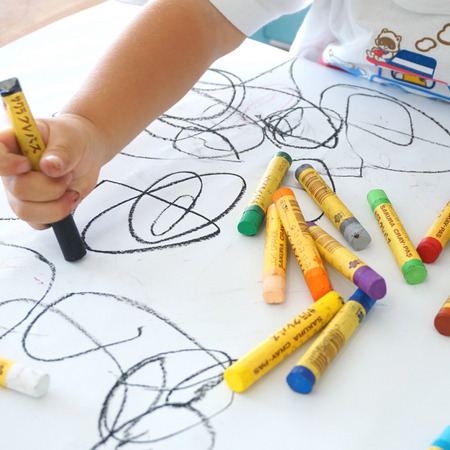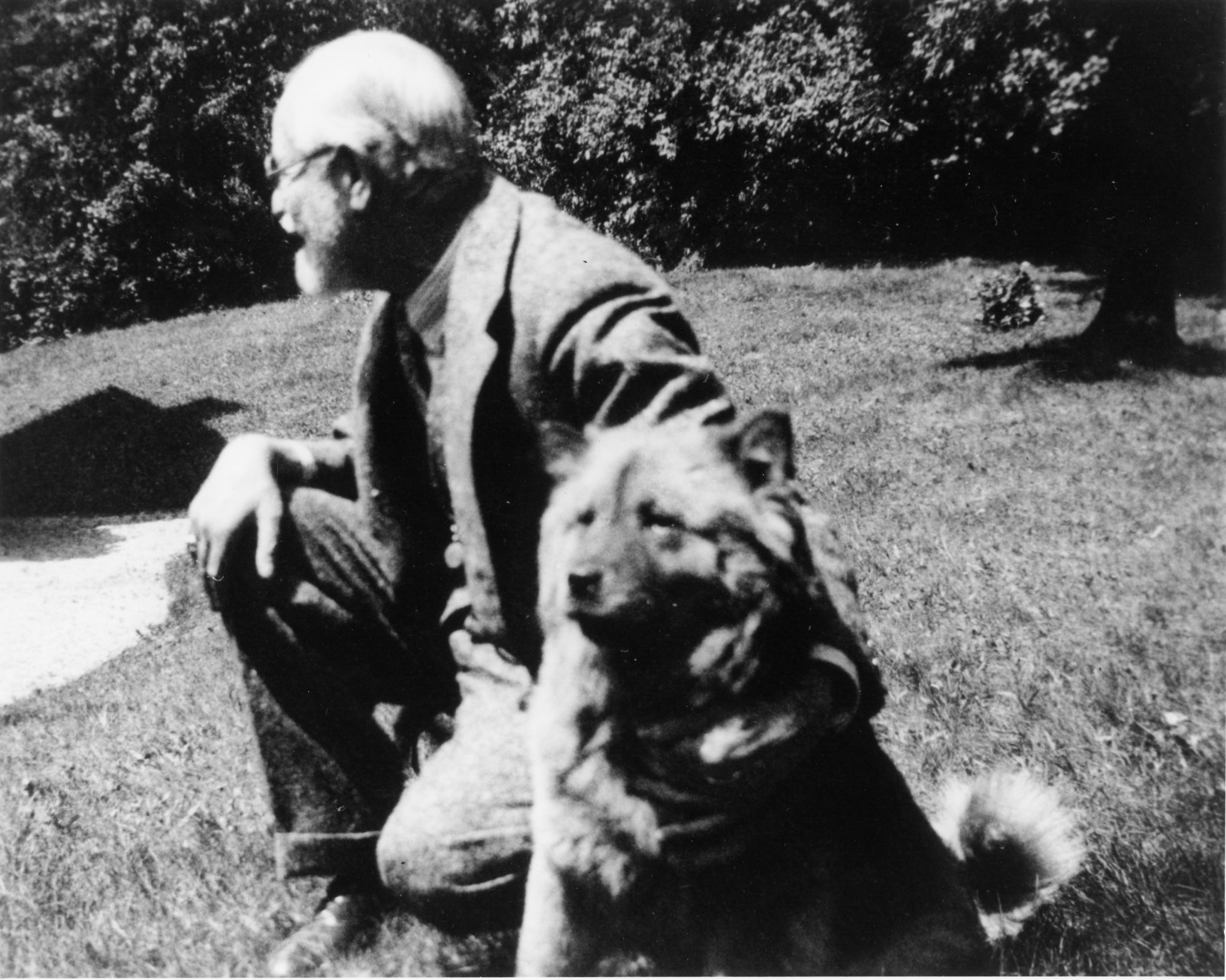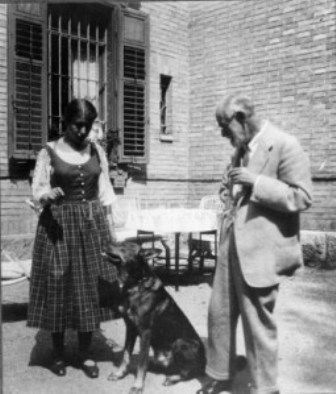Have you ever driven a car? Driving is a useful yet rigorous skill to learn.
Similar to driving, setting healthy boundaries is a rewarding skill that can help us go places. We are the driver navigating our way through the busy district of interpersonal relationships. Learning to set healthy boundaries needs conscious effort, and it can make us feel a mixture of excitement and fear – like driving for the first time.
Following the rules
Since childhood, we have been taught to follow the rules: obey the elders, be agreeable to our peers, consider others’ feelings, and be mindful of how others view us. These rules usually remain with us until adulthood as we continue to defer to our parents, comply with our supervisors, and yield to our partners. More so, these rules help us maintain harmonious relationships with others.
The downside of rigidly following these rules is developing our fear of interpersonal conflicts. The need for belongingness and acceptance drives us to indulge others even with a heavy heart. Some demands
can make us feel uncomfortable, but we do them anyway to avoid the guilt and anxiety of saying no.
Sometimes people misinterpret the rules of social relationships. We become compliant instead of compromising to maintain “conflict-free” relationships. Giving in to the backseat drivers can be exhausting; we have to take the wheel ourselves.
Keeping safe distance
Being too close to other cars raises the chance of collision. The same goes with having little to no personal space. It may appear counterintuitive, but saying no to others can improve our relationships.
Boundaries are the limits we establish for ourselves on our participation in social activities to preserve our integrity. They make us feel comfortable genuinely expressing ourselves and still safe around others. They are not meant to keep people away but to provide us enough space to assert our needs, wants, and expectations of others.
Dr. Sheri Jacobson, a retired senior therapist and founder of Harley Therapy in the United Kingdom, listed the adverse effects of having poor boundaries. We become vulnerable to stress, anxiety, depression, and burnout. While we try to avoid interpersonal conflicts, we may still have bad relationships. Others can take advantage of us even unintentionally at times. Our frustration, resentment, and anger will eventually accumulate, and passive aggression may seem like the only way to stand up for ourselves. The worst case is losing our own identity as we prioritize others more than
ourselves.
Paying attention to the signs
As you journey through setting healthy boundaries, you need to look out for the signs of being a people pleaser. According to Nedra Glover Tawwab, a therapist and author of Set Boundaries, Find Peace, poor
boundaries manifest in four ways:
1. Neglecting self-care
Whenever you accommodate others’ wishes, you give a part of yourself to them – your time, energy, and resources. A telltale sign of having poor boundaries is not having enough of these for your own. It is neither selfish nor inconsiderate to give yourself some space. Remember, you cannot run with your gas tank empty or battery drained. You have to take care of yourself first to take care of others.
2. Overwhelmed
People with poor boundaries feel overwhelmed most of the time as they tend to accept more tasks than they can manage. They constantly worry about fitting everything into their schedule. You need to know your limits and work only within your limits. Going beyond them results in exhaustion and burnout.
3. Resentment
People who are compelled to do something may feel annoyed. Worse, those taken for granted feel hurt, bitter, and angry. Resentment will pile up and negatively affects your relationships in the long run. The little things we used to enjoy doing for and with others start to feel like duties – boring and tiring. Note that relationships should not be a burden; instead, they should be one of your sources of happiness, hope, and support.
4. Avoidance
When you cannot assert yourself, you will likely respond to resentment by avoiding others. It is passive aggression to ignore or cut off people. Delaying responses and bailing out of trips are some avoidant strategies that can isolate you. These are not helpful because they do not convey to others why you evade them; hence, they will continue to ask you favors.
Map to healthy boundaries
When you recognize the warning signs, hit the break and take the route to setting healthy boundaries. Adapted from Tawwab, you can follow this roadmap:
1. Identify your boundaries
The first step in setting healthy boundaries is to know your wants, needs, and expectations. Observe yourself and reflect on your emotions and thoughts.
- Do you want to do this?
- Are youcomfortable doing that?
- What do you need?
- What do you expect others to do to you or for you?
Ask these questions to know more about yourself and your limits. Honesty is crucial in this step.
2. Communicate
People are not mind readers; you have to tell them our boundaries. More importantly, you must state them clearly and directly – not just signals of maybe’s or I-don’t-know’s. In doing so, others become aware of how you want to be treated. You may beat around the bush because you find confrontations agonizing, but indirectly communicating our boundaries can only be confusing.
3. Deal with the discomfort
Setting boundaries can initially elicit some discomfort. You may feel guilt for being “selfish” or “mean.” You may feel fear that your future interactions will be awkward. You may also worry about saying the right words in the right tone at the right time. However, practice can make it feel easy and natural. Remind yourself that you are setting boundaries for your wellbeing. Engage in other self-care activities as well to improve your mood while learning how to say no.
4. Follow through
Despite feeling some degree of discomfort, you have to commit to honoring your boundaries. Consistency is key. Show people that you take your boundaries seriously, and they should, too. Immediately speak up when others go overboard. Tell them how you feel about it and what you prefer them to do. Do not let anyone slide, as it only encourages others to continue disregarding your boundaries.
The roadmap may appear short and straightforward, but it can be a long and winding road. You may find yourself going in circles, and it is definitely okay. When this happens, pull up and refer to the map to find your way again. You can also ask a reliable friend to hop in for a while and help you stay on track.
Establishing healthy boundaries leads to an enjoyable life. You become true to yourself, and others learn to honor your decisions. You get the most out of your relationships because you are respected – by yourself and others.
Now that you know the rules, the signs, and the map, may you continue to share your adventures with others while enjoying some healthy space for yourself.
References:
American Psychological Association (n.d.) Boundary. APA Dictionary of Psychology.
https://dictionary.apa.org/boundary
Jacobson, S. (2015, March 24). The Psychological Cost of Never Saying No. Harley Therapy.
https://www.harleytherapy.co.uk/counselling/saying-no.htm
Tawwab, N. G. (2021). What the Heck are Boundaries?. Set Boundaries, Find Peace: A Guide to Reclaiming Yourself. Penguin Random House LLC














